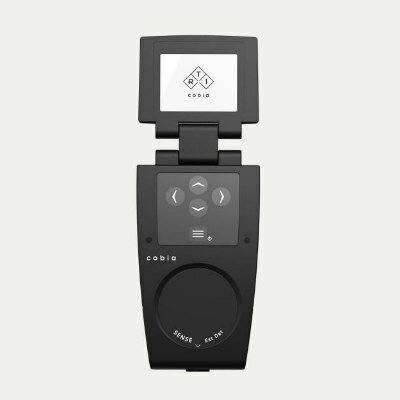Alert Issued on Preventing MRI Accidents, Injuries
By MedImaging staff writers
Posted on 04 Mar 2008
A U.S. healthcare standards-setting and accrediting group has issued a Sentinel Event Alert that urges hospitals and ambulatory care centers to pay particular attention to preventing accidents and injuries that can occur during magnetic resonance imaging (MRI) scans.Posted on 04 Mar 2008
More than 10 million MRI scans are performed yearly in the United States and while most cause no harm, the intrinsic dangers of the process are not well known. Most typical of injuries are burns, while some of the more devastating accidents are caused by common objects that become missiles when brought into the MRI scanner's magnetic field. The Sentinel Event Alert brings the reality of risks associated with MRI scans to the attention of the nation's accredited healthcare organizations, and offers sensible solutions to avoiding injuries or deaths.
MRI uses powerful magnet and radio waves to generate detailed images of a patient's organs and structures, without the use of X-rays or other radiation. According to the Alert, the U.S. Food and Drug Administration (FDA) has received nearly 400 reports of MRI-related accidents over the past 10 years. More than 70% of accidents were burns, while 10% of injuries occurred when metal objects such as ink pens, cleaning equipment, and oxygen canisters have become "missiles” when pulled into the magnetic field of the scanner.
To reduce the risk for MRI injuries to patients, The Joint Commission's (Oak Brook Terrace, IL, USA) Sentinel Event Alert newsletter recommends that healthcare organizations take the following steps: 1) restrict access to all MRI sites by creating safe zones recommended by the American College of Radiology (ACR); 2) use trained screeners to perform double checks of patients for items such as metal objects, implanted or other devices, drug delivery patches, and tattoos; 3) ensure that the MRI technologist has the patient's complete and accurate medical history to ensure that the patient can be safely scanned; 4) have a specially trained staff person accompany any patients, visitors, and staff into the MRI suite at all times; 5) annually educate all medical and ancillary staff who may accompany patients into the MRI suite about the risk of accidents; 6) take precautions to prevent patient burns during scanning; 7) use fire extinguishers, oxygen tanks, and other equipment that have been tested and approved for use during MRI scans (equipment that will not be attracted to the magnet); 8) manage critically ill patients who require monitoring and life-sustaining drugs to assure that their care needs are continuously met while in the MRI suite; 9) provide all MRI patients with ear plugs to diminish the loud "knocking” noise emanating from the equipment; and, (10) never run a cardio-pulmonary arrest code or resuscitate a patient in the MRI room.
Founded in 1951, The Joint Commission seeks to continuously improve the safety and quality of care provided to the public through the provision of healthcare accreditation and related services that support performance improvement in healthcare organizations.
Related Links:
The Joint Commission














